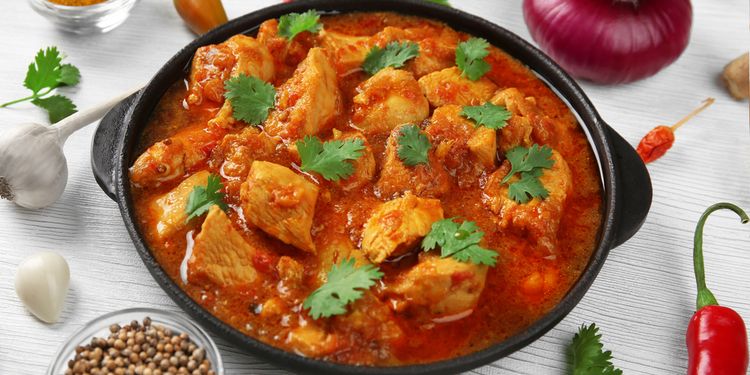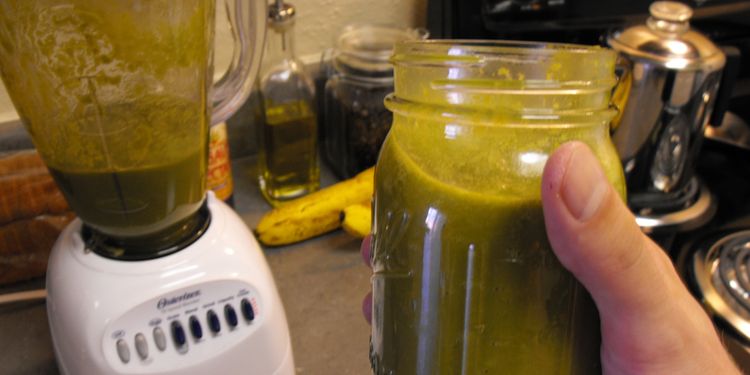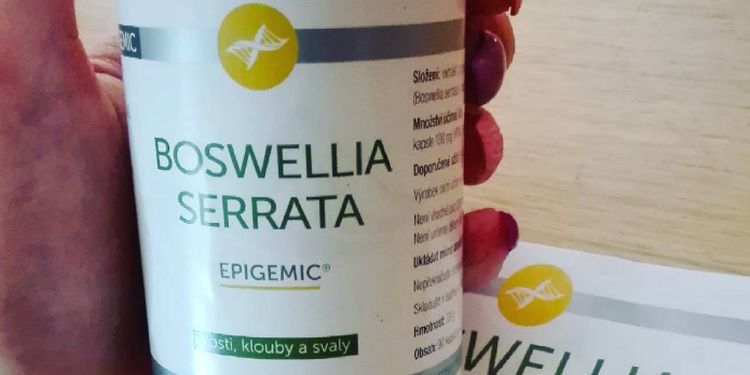3 Herbs to Alleviate Your Arthritis Symptoms

More than 50 million Americans suffer from some form of arthritis.
While arthritis is commonly associated with the elderly, about two-thirds of people suffering from arthritis are younger than 65! Arthritis can occur in children and infants as well and is generally more common in women than men.
Characterized by stiff, painful joints, arthritis can lead to chronic pain, loss of flexibility, and difficulty moving. This joint pain is caused by a breakdown in the cartilage that sits between bones and joints. When this cushion breaks down, bones and joints rub together, leading to painful, inflamed, and swollen joints.
Experts point to numerous causes for arthritis, from genetics, weight, injury, and infections to the presence of other medical conditions, like diabetes or an autoimmune disorder. While different forms of arthritis have different root causes, a general characteristic of arthritis is too much inflammation in the body.
No matter what type of arthritis you may suffer from, if want to reduce joint pain and swelling, your best bet is to reduce inflammation.
The following three herbs are great at doing just that! These herbs are easy to use and come with none of the negative side-effects of conventional arthritis medications.
Let’s take a closer look.

Turmeric
What is Turmeric?
Found in American mustards and most Indian curries, turmeric is an Indian spice with a strong yellow color (wooden spoons, watch out!), a sharp taste, and powerful anti-inflammatory effects.
How Does It Help?
More than 6000 peer-reviewed articles have been published on the medicinal effects of turmeric and curcumin, one of its main compounds. Curcumin is one of the most powerful natural anti-inflammatories known.
In many of these studies, turmeric has been shown to be more effective at reducing symptoms than conventional medication!
Turmeric’s most powerful medicinal benefit is perhaps its anti-inflammatory effects. Turmeric can help inhibit joint inflammation, slow arthritis-related joint destruction, and reduce both joint swelling and pain.

How Do You Use It?
Turmeric can be taken as a supplement (capsules or tablets) or tea or consumed as a culinary spice.
For capsules/tablets, when supplementing with turmeric, Dr. Weil recommends 400-600mg three times a day. It can take up to two months to experience the full benefits.
Dr. Axe recommends consuming a CO2-extracted form of turmeric and supplementing with black pepper as well. Black pepper contains piperine, which has been shown to help your body’s ability to absorb turmeric.
For tea, check out this delicious chai latte recipe!
Perhaps the easiest way to increase your turmeric consumption is to include it in your cooking. Turmeric is delicious on eggs, in soups and stir-fries, and sprinkled on meats as a marinade or rub. For more recipes, check out this page here.
NOTE: If you’re pregnant, have gallstones, or experience bile duct dysfunction, avoid supplementing with turmeric.

Ginger
What is Ginger?
Ginger is a light brown root easily found in most supermarkets. It originally came from southeastern Asia and is now grown all over the world.
How Does It Help?
Research studies have shown ginger to be highly effective at reducing arthritic pain.
Ginger is beneficial for those suffering from arthritis because it contains many anti-inflammatory and pain-relieving compounds. The strongest of these is gingerol, which is known to affect your sensory nerve endings in a way that reduces both pain and inflammation.

How Do You Use It?
Ginger root: You can consume raw ginger by juicing it or adding it to a smoothie. Peeled and diced ginger root is also delicious in stir-fries, soups, and salads.
Ginger tea: 2-3 cups of ginger tea a day is a great way to reduce inflammation. Simmer a one-inch piece of peeled and grated ginger in two cups of water for five minutes, then add lemon and honey.
Ginger powder: Powdered ginger is a perfect addition to curries, soups, pumpkin pie, and even breakfast smoothies.
Ginger capsules: Capsules of powdered ginger are easily found in most health food stores. To reduce inflammation, Dr. Weil recommends taking 2-3g each day with food. As with turmeric, it may take up to two months to notice the full effects.
Ginger essential oil: Consuming ginger essential oil will deliver the most potent health benefits, as it contains the highest levels of gingerol. Dr. Axe recommends two or three drops daily, either taken internally with water or rubbed topically on a painful area.
NOTE: Ginger may act as a blood thinner, so exercise caution if you’re already on blood-thinning medications. Pregnant women should avoid consuming more than 1g of dried ginger each day.

Boswellia
What is Boswellia?
Boswellia, aka Indian frankincense, is a large tree that grows in India, North Africa, and the Middle East. The resin of this tree is collected and purified to make frankincense and is often used in Ayurvedic medicine.
How Does It Help?
Boswellin, the extract of boswellia most often used in herbal medicine, has been shown to exhibit anti-inflammatory properties similarly effective to those of conventional, non-steroidal anti-inflammatory drugs (NSAIDs). And of course, boswellin achieves this without bringing along the negative side-effects of NSAIDs!
Studies have shown boswellin to effectively inhibit pro-inflammatory enzymes in the body, reducing arthritic joint pain up to 65%. Boswellia further helps reduce arthritic pain by boosting your immune system.
 How Do You Use It?
How Do You Use It?
Boswellia is available in capsule form and as an essential oil.
If supplementing with capsules, look for standardized extracts of at least 37.5% boswellin, aka boswellic acids. Dr. Weil recommends two capsules twice daily unless otherwise directed by the label.
If using the essential oil, combine several drops with a carrier oil (e.g., coconut oil) and apply topically to painful joints several times a day. Feel free to combine with ginger essential oil as well!
NOTE: If you’re pregnant or breastfeeding, avoid using boswellia.
Summary
Arthritis may be a painful, debilitating disease, but this doesn’t mean you’re powerless against it!
Using the health benefits of turmeric, ginger, and boswellia to your advantage, you can reduce pain, help your body heal itself, and take back control of your life.
Play and experiment with these powerful herbs! Get in the kitchen and try some new recipes. Taste some new foods or treat yourself to an essential oil-infused massage.
Your joints will be thanking you in no time.
